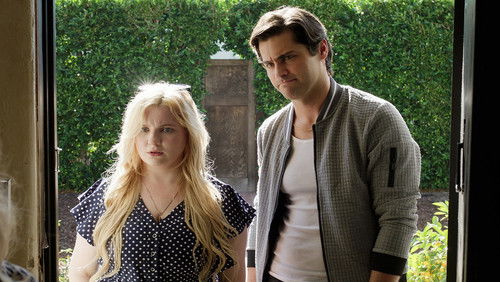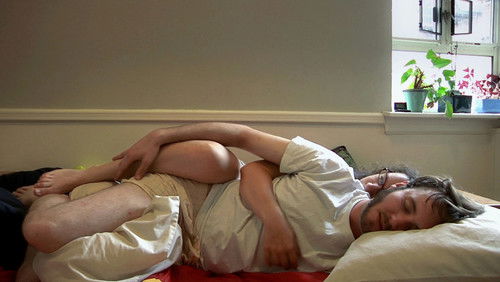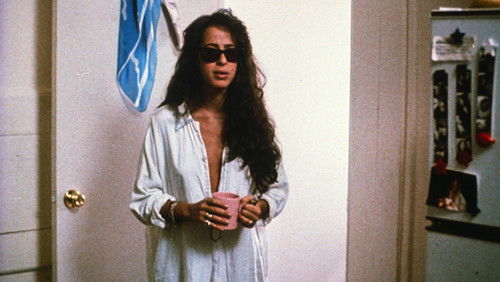Jules und Jim (1962)
56KJules und Jim: Directed by François Truffaut. With Jeanne Moreau, Oskar Werner, Henri Serre, Vanna Urbino. Decades of a love triangle concerning two friends and an impulsive woman.
“The enduring legacy around François Truffautu0026#39;s emotionally turbulent 1962 film depends primarily on how compatible the three actors are in inhabiting the triangle at the core of the story adapted from Henri-Pierre Roché semi-autobiographical novel. And in fact, Oskar Werner, Henri Serre and especially Jeanne Moreau provide superbly etched characterizations in one of the defining works of the French New Wave. Fortunately, the two-disc Criterion Collection DVD set provides an appropriately rich package for this classic, although the print transfer is frustratingly variable at times.u003cbr/u003eu003cbr/u003eThe story focuses on the friendship between two writers, an Austrian named Jules and a Frenchman named Jim, kindred spirits who enjoy a decadent lifestyle in pre-WWI Paris. Inspired by a statue of a womanu0026#39;s face with a most enigmatic smile, they agree that they are destined to fall in love with a woman with the same smile. Enter Catherine, as seductively capricious a free-spirit as ever there was in cinema, and the two men are instantly enamored. Jules is intent on marrying her, even though itu0026#39;s clear from the outset that she is not one who could commit for the long term. The war intercedes, and the two friends are fighting on opposite sides. After the war, Catherine, married to Jules and raising their young daughter, is emotionally dissatisfied and embarks on an affair with Jim. With Julesu0026#39; blessing, things are idyllic for a while, but Jim proves too much the alpha male to defer to Catherineu0026#39;s whims, and the resulting imbalance leads to increasingly dramatic consequences.u003cbr/u003eu003cbr/u003eIn just his third film, Truffautu0026#39;s trademark style emerges with fast cuts between scenes and naturalistic camera movements (courtesy of Raoul Coutardu0026#39;s fluid cinematography). Moreover, George Delerueu0026#39;s animated music score and Michel Suboru0026#39;s voice-over add to the evocative photo-album memory atmosphere. At times, the storyline feels a bit disjointed, but the fulsome performances more than compensate. Werner fully captures the internal struggle within Jules in attempting to reconcile his love for Catherine with her impossible demands on him. Serre has the comparatively more objective role but convincingly shows his character surrendering to the tangled situation. After her impressive turn as an obsessed adulterer in Louie Malleu0026#39;s u0026quot;Elevator to the Gallowsu0026quot;, Moreau solidifies her vaunted reputation here, conveying Catherineu0026#39;s petulance and unyielding passion in a vividly mercurial fashion.u003cbr/u003eu003cbr/u003eThe DVD extras are abundant starting with two commentary tracks. The first one, a more factual account of the production, was recorded in 1992 with Truffaut collaborator Suzanne Schiffman, editor Claudine Bouche, co-screenwriter Jean Gruault, and scholar Annette Insdorf. The second, produced in 2000, is far better as it has Moreau sharing her personal recollections of the filming with Truffaut biographer Serge Toubiana. Disc One also includes a brief 1966 interview with Truffaut discussing Roché and a 1985 featurette, u0026quot;The Key to Jules and Jimu0026quot;, which contains interviews with the authoru0026#39;s friends as they discuss the inspirations for the characters. Disc Two takes a broader look at Truffaut with five separate interviews with the director over the span of fifteen years, as well as insightful interviews with Coutard and co-screenwriter Jean Gruault.”









